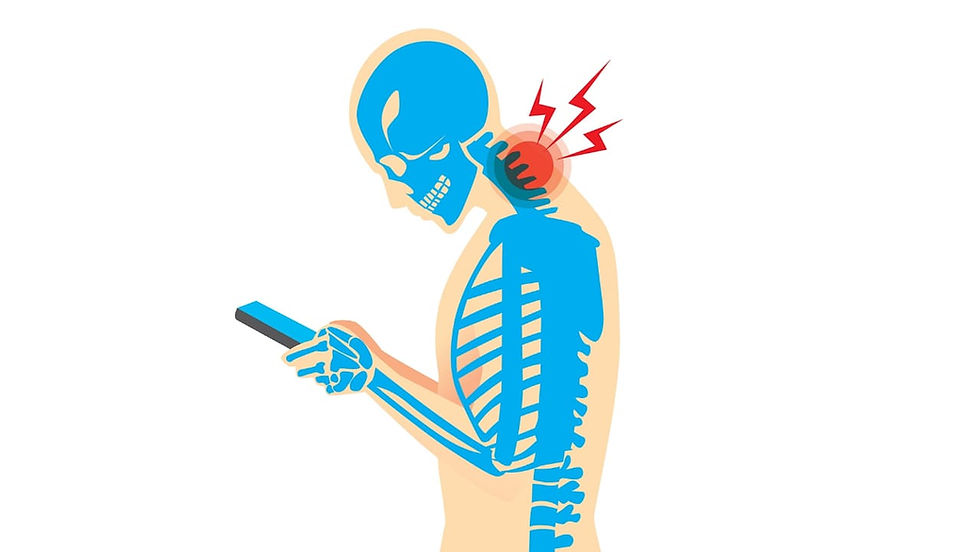Breast Cancer, an Overview
- Dr. Abdulwahab. A. Arrazaghi MD, FRCPC

- Mar 8, 2023
- 4 min read
Updated: Apr 5, 2024

Breast cancer is a type of cancer that occurs when cells in the breast begin to grow uncontrollably. It is the second most common cancer in women worldwide, with an estimated 2.3 million new cases diagnosed in 2020 alone. The good news is that early detection and effective management of breast cancer can significantly improve the chances of survival. In this article, we will discuss the various methods of breast cancer diagnosis and management.
Breast Cancer Diagnosis:
Breast cancer diagnosis involves a combination of clinical examination, imaging tests, and tissue biopsy. Here are the methods of breast cancer diagnosis in detail:
Clinical Breast Examination (CBE):
A clinical breast examination is a physical examination of the breasts by a healthcare professional to check for any abnormalities or lumps in the breast tissue. During the examination, the healthcare professional will check the breast tissue, armpit, and collarbone for any lumps, swelling, or changes in the skin.
Mammography:
A mammogram is a type of X-ray that uses low-dose radiation to detect abnormalities in the breast tissue. It is the most common imaging test used for breast cancer screening. Mammography is recommended for women above the age of 40 or those with a high risk of breast cancer.
Ultrasound:
An ultrasound uses high-frequency sound waves to produce images of the breast tissue. It is often used to determine if a breast lump is a fluid-filled cyst or a solid mass. Ultrasound is also used to guide the needle during a breast biopsy.
Magnetic Resonance Imaging (MRI):
An MRI is a non-invasive imaging test that uses a strong magnetic field and radio waves to produce detailed images of the breast tissue. It is often used to detect breast cancer in women with a high risk of the disease or to evaluate the extent of cancer in women diagnosed with the disease.
Biopsy:
A biopsy is a procedure in which a small amount of tissue is removed from the breast and examined under a microscope for the presence of cancer cells. There are several types of breast biopsies, including:
Fine-needle aspiration biopsy
Core needle biopsy
Vacuum-assisted biopsy
Surgical biopsy
Breast Cancer Management:
Breast cancer management depends on several factors, including the stage of cancer, the type of cancer, and the overall health of the patient. Here are the methods of breast cancer management in detail:
1. Surgery:
Surgery is the most common treatment for breast cancer. The goal of surgery is to remove the cancerous tissue from the breast. There are several types of breast cancer surgery, including:
Lumpectomy: A procedure in which only the cancerous tissue and a small margin of healthy tissue are removed from the breast.
Mastectomy: A procedure in which the entire breast is removed.
Sentinel lymph node biopsy: A procedure in which the lymph nodes near the breast are removed to check for the spread of cancer.
2. Radiation Therapy:
Radiation therapy is a treatment that uses high-energy radiation to kill cancer cells. It is often used after surgery to kill any remaining cancer cells in the breast tissue. Radiation therapy may also be used to relieve symptoms of advanced breast cancer.
3. Chemotherapy:
Chemotherapy is a treatment that uses drugs to kill cancer cells. It is often used to treat breast cancer that has spread to other parts of the body or to reduce the size of the tumor before surgery. Chemotherapy may cause side effects such as hair loss, nausea, and fatigue.
4. Hormone Therapy:
Hormone therapy is a treatment that blocks the hormones that fuel the growth of some types of breast cancer. It is often used to treat breast cancer that is hormone receptor-positive. Hormone therapy may cause side effects such as hot flashes, vaginal dryness, and mood changes.
5. Targeted Therapy:
Targeted therapy is a treatment that targets specific molecules in cancer cells to stop their growth and spread. It is often used to treat breast cancer that is HER2-positive. Targeted therapy may cause side effects such as nausea, diarrhea, and skin rash.
6. Immunotherapy:
Immunotherapy is a type of cancer treatment that uses the body's immune system to fight cancer cells. It is a relatively new treatment for breast cancer and is still being studied in clinical trials.
7. Supportive Care:
Supportive care is an important part of breast cancer management. It involves treating the symptoms and side effects of cancer and its treatment. Supportive care may include pain management, nutrition counseling, physical therapy, and emotional support.
Prevention of Breast Cancer:
While there is no sure way to prevent breast cancer, there are steps women can take to reduce their risk of developing the disease. Here are some tips for breast cancer prevention:
Maintain a healthy weight: Being overweight or obese increases the risk of breast cancer, especially after menopause.
Exercise regularly: Regular exercise can help reduce the risk of breast cancer. Aim for at least 30 minutes of moderate-intensity exercise most days of the week.
Limit alcohol consumption: Drinking alcohol increases the risk of breast cancer. Women should limit their alcohol intake to no more than one drink per day.
Breastfeed: Women who breastfeed their babies may have a lower risk of breast cancer.
Get screened: Women should follow the recommended guidelines for breast cancer screening, which may include mammography, clinical breast exams, and breast self-exams.
Conclusion:
Breast cancer is a severe disease that affects millions of women worldwide. Early detection and effective management are key to improving the chances of survival. Women should be aware of the different methods of breast cancer diagnosis and management and take steps to reduce their risk of developing the disease. By working closely with their healthcare providers, women can take control of their breast health and improve their overall well-being.
Wish you all the best of health! Dr. A. Arrazaghi. MD,FRCPC



